by Amanda Rose Newton
The life of a plant begins and ends in soil. Plants play an important role in our lives, from the food we eat and the clothes we wear to the joy they bring, but the soil is often the overlooked element.
Soil creates the healthy base and structure needed for plants to succeed. Unless you are growing purely hydroponically, the soil is the single most important component when it comes to starting your garden.
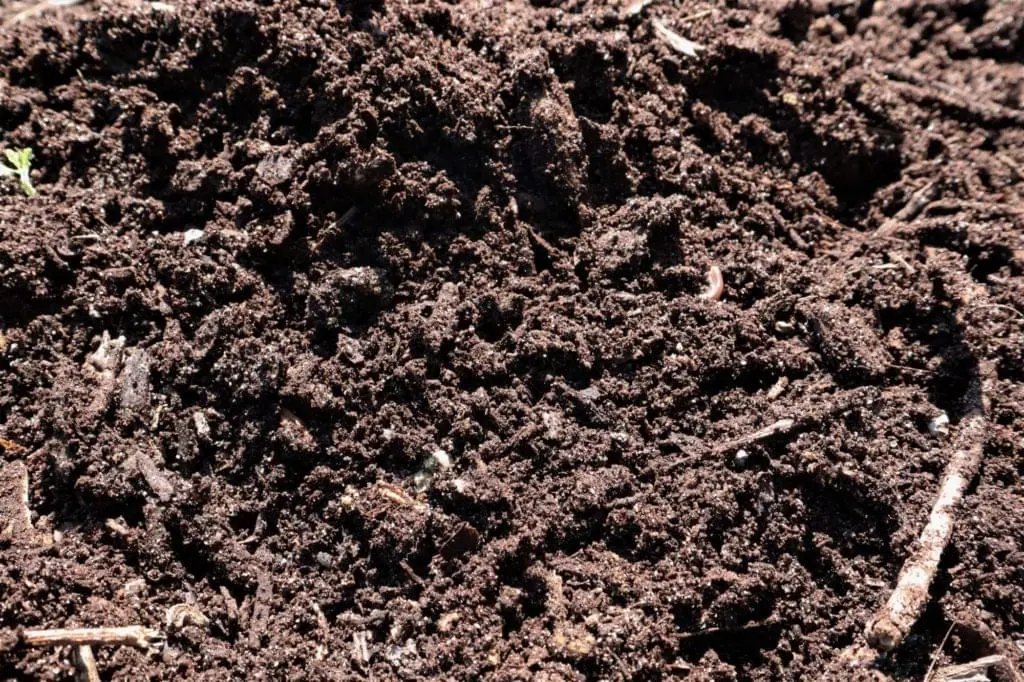
The underground world of soil is alive and fascinating with a range of characters battling over nutrients and space. It truly is an ecosystem where several key players work together to create a healthy, balanced place for plants to grow.
The Forgotten Lost City of Soil
There are approximately 1,500,000 species of fungi and 60,000 species of algae on Earth, the majority of which reside in the soil.
Combined with bacteria, protists, nematodes, and invertebrates, this makes soil likely THE biodiversity hotspot in your backyard. So what do they do and why are they important?
Bacteria By the Billions
If you were to go outside and take a fresh shovel full of soil from anywhere in your yard, you are looking at about 10 billion bacteria per gram.
Bacteria get a bad reputation and often it’s well-deserved, but in the soil, the good guys and the bad guys both have necessary roles to play.
Bacteria are amazing in that it doesn’t take much to keep them alive! Survivors by nature, they are not phased by floods or droughts and without them, plants would struggle to exist.
These chief decomposers break down plant material and animal wastes and release all kinds of good stuff during this process!
Nitrogen, especially, is prized for plant growth and this is fixed by bacteria so that plants can easily consume it through their roots.
Bacteria also act as builders, secreting sticky sugars that fuse soil particles together and creating air pockets that are beneficial to roots and other organisms.
The Fun in Fungi
While bacteria are great at breaking down simple plant material, fungi do the heavy lifting. Tough plant materials like bark and lignin (think chewing gum or celery) is no problem for team fungi.
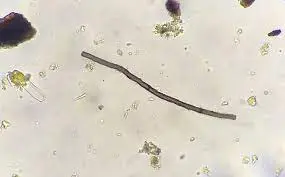
In addition to their day jobs breaking residue down, they spend more direct 1 on 1 time with plants than any other member of the microbiome world.
Roughly 80% of known plant species have a symbiotic (mutualistic; friendly) relationship with plants. Mycorrhizae are well-loved in the plant community, and these tiny hair-like networks help plants pick up nitrogen, phosphorous, and other vital nutrients from the soil.
In exchange, because no one does anything for free, the fungi get to enjoy a sugary treat produced by the plant. These networks can be huge and serve as bridges to transport nutrients relatively far distances and back to the plants.
Both fungi and bacteria can take on other beneficial roles by protecting the plants from pathogens and other harmful microorganisms. Fungi can even create a protective web around roots to ensure water supply and phosphorous stores are delivered during droughts.
Nema-what?
Nematodes are the most abundant of all the soil fauna. Unlike bacteria and fungi, this is really their home base; they do not tend to travel much or live other lives growing on vegetables you forgot in your fridge.
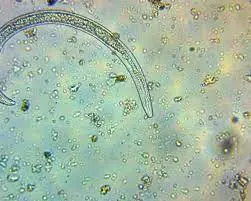
For that reason, we kind of tend to forget they are there. Not only are there millions underneath your feet at any given point, but you also need a microscope to really see these guys. They also happen to be the most functionally diverse of all the organisms discussed.
Nematodes are worm-like in appearance and can have any number of mouthpart accessories based on what their job assignment is.
They can have careers as herbivores, predators, omnivores, bacterivores, and even fungivores. While most are beneficial, there are a few criminals out there like the infamous root-knot nematode that can impact a huge range of plants and trees.
Fungi and bacteria also rely on nematodes! They are stuck where they are, but nematodes with their worm-like bodies can glide along effortlessly, breaking down the soil as they go.
Many fungi and especially bacteria use them as a bus system, hopping on a nematode when it needs to head to a new location.
Nematodes have also been an ally in biocontrol. They feed on harmful fungi and bacteria as well as the larval stages of many insects. We have used them successfully against many plant-feasting insects like Japanese and June beetles with great success.
Many are also predatory on several of those not-so-great nematodes we had discussed earlier.
Plentiful Protozoa
These single-celled creatures feed on bacteria, other protozoa, organic debris, and fungi. Common ones you will find in the soil around here include amoebas, which you are likely familiar with from middle school science class.
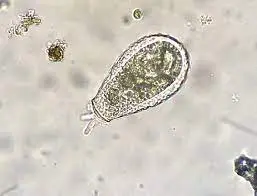
Like nematodes, protozoa are much bigger (still tiny) than bacteria, and both end up fighting over the bacterial buffet present in healthy soil. This is great for your plants as the consumption of bacteria puts nitrogen right back into the soil.
The Rest!
You can’t talk about the ecosystem without talking about the earthworm! While not microscopic, they are still an essential worker in creating that rich organic layer that plants love so much.
As it ingests soil, its nutrient-rich waste and skin molts are food for plants and just about everybody else. Mobility is key as earthworms, mites, spiders, larva, springtails, and numerous other insects are able to move and open up spaces for water and air to naturally collect.
How You Treat Your Soil Makes a Difference
Organic matter is what fuels the soil microbiome and, in turn, plants.
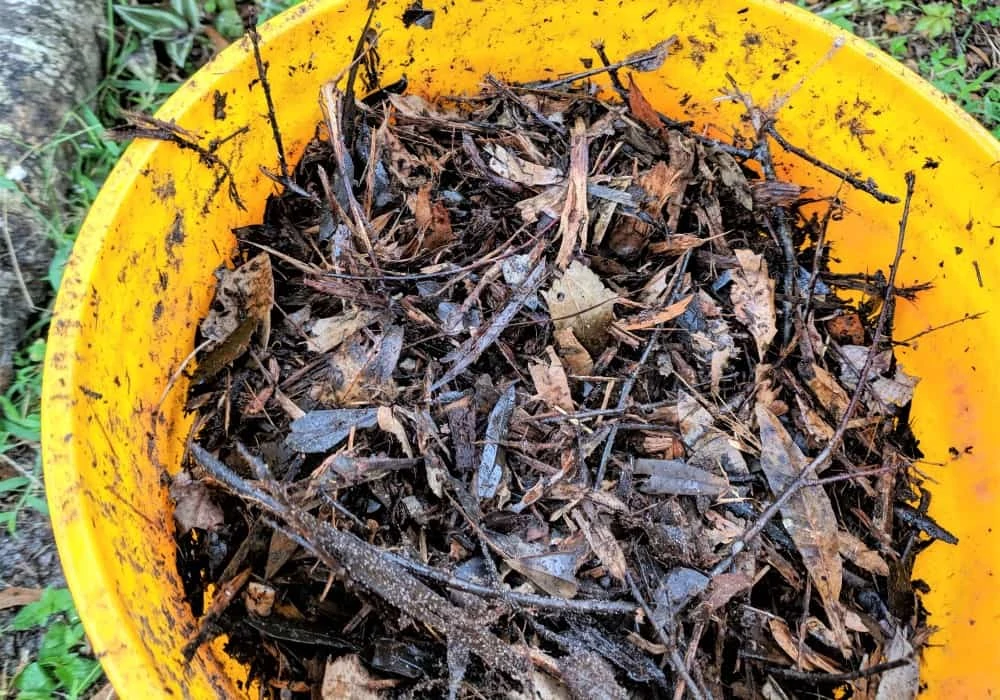
Here are a few quick tips to help preserve or boost your current city below the ground:
1. Choose Fertilizers, Herbicides, and Pesticides Wisely. Each of these may persist in the soil or have an unintended consequence on the health of what lies below.
When you have a healthy ecosystem, your society members should be making needed nutrients readily available to plants.
2. Go Old School. Crop rotation and no-till methods are cheap, easy, and beneficial. Rotating your planting choices from season to season reduces soil depletion, which often happens when the same plant goes into the ground year after year. Consider leaving your plant residue instead of tilling it under as this will create food for the microorganisms and future plants.
3. Feed Your Organisms! This is really the best way to use your compost. Treat it like a soil conditioner and work it into the top few inches of soil. Your plants (and microbiome) will be glad you did!
4. Get A Soil Test. Soil biome testing is becoming more popular as it gives you a wider picture than just a standard nutrient and pH test can. Check out www.microbialabs.com for more information.


